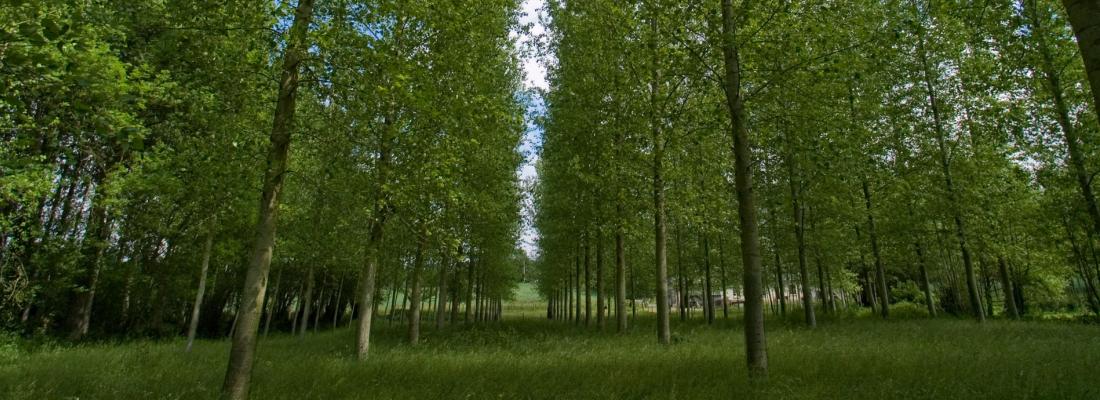Biodiversity Reading time 2 min
Symbiosis between trees and fungi: discovery of the role of epigenetics
Published on 21 February 2023

Ectomycorrhizae is a symbiosis established between tree roots and soil-borne fungi. Intrinsic to temperate and boreal forest ecosystems, ectomycorrhizal symbiosis is critical for tree nutrition, especially water uptake, also affecting the capacity of trees to adapt to their environment. Our understanding of the establishment and modulation of this symbiotic process is still in its infancy and, until now, the possibility of epigenetic regulation remained unexplored.
DNA holds the genetic information that defines each living being and its full sequence is replicated in every cell. But it is a further process, epigenetics1, that controls the gene activity patterns needed for each cell type to adapt to its environment, allowing these to be passed from one generation to the next.
Epigenetic control of the symbiosis between trees and fungi
To establish whether epigenetics affects mycorrhization in trees, two teams of researchers from INRAE-University of Lorraine and the University of Orléans, working with scientists from the CEA (The French Alternative Energies and Atomic Energy Commission) and from Spanish and US institutions, investigated the role of DNA methylation (an epigenetic mark) in the mycorrhization of poplar, a model forest tree.
The teams made use of existing transgenic poplar lines, whose regulatory genome DNA methylation status had been modified for scientific purposes, for their own work on the epigenetic mechanisms in trees. They compared the functional responses of the modified poplars to mycorrhizal fungi with that of an unmodified wild-type (control) line of the same species. The results were clear: lines whose genomic DNA methylation rates had been reduced had a lower capacity for mycorrhization (up to 40% in one instance). These results suggest a central role for DNA methylation in a host tree’s capacity to form the symbiotic relationships necessary for strong development. Epigenetic modulation took place in both directions, with the fungal partner’s DNA methylation also being modified by the host methylation status.
This pioneer study opens up a new area of research that will improve our understanding of symbiosis between two living organisms. It could also be useful in developing future applications for the management of forests suffering the effects of climate change, for example drought.
1 - Process that can change gene activity and be transmitted through cell division, but that involves no modification of the DNA sequence itself.
Reference
Vigneaud, J., Kohler, A., Sow, M.D., Delaunay, A., Fauchery, L., Guinet, F., Daviaud, C., Barry, K.W., Keymanesh, K., Johnson, J., Singan, V., Grigoriev, I., Fichot, R., Conde, D., Perales, M., Tost, J., Martin, F.M., Allona, I., Strauss, S.H., Veneault-Fourrey, C. and Maury, S. (2023), DNA hypomethylation of the host tree impairs interaction with mutualistic ectomycorrhizal fungus. New Phytol. https://doi.org/10.1111/nph.18734
